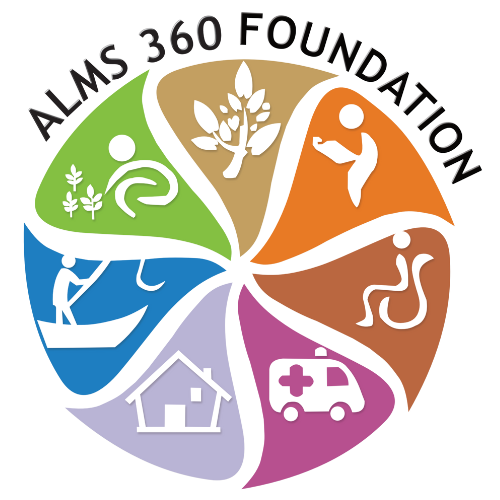Bilingualism: Development and Types of Bilingualism | Free Essay Cummins (2008) describes BE as follows: "BE is the use of two (or more) languages of instruction at some point in a students' school career" (Cummins cited in Creese & Blackledge, 2010: p.103). Introduction Numerous sociologists, psychologists, and educators have recently concentrated on the relationship between kids' brain perceptions and the bilingual classroom. Dominant vs compound bilingualism. Abstract. The cognitive per- spective suggests that bilingualism is benefi- cial to mental development because it allows bilingual children to switch easily between two linguistic mediums (Cummins 1977; PDF An Investigation through Different Types of Bilinguals and Bilingualism The main purpose of BE is to achieve bilingualism among the students. (PDF) The effect of bilingualism on creativity ... - Academia.edu Garcia (2009) distinguishes two categories of definitions of bilingualism Bilingualism had enhanced the hardware of human brain. Researchers distinguish between three types of bilingualism. J. Cummins (1976) introduced three hypotheses to explain and integrate these findings. For others, bilingualism means the ability to communicate in two languages but with the possibility of greater skills in one language. A compound bilingual is an individual who learns two languages in the same environment so that he/she acquires one notion with two verbal expressions. On the Issue of Bilingualism in Terms of Independence of Uzbekistan Cognitive Effect of Bilingualism: Enhancement by Stimulation motorcycle books, repair manuals, workshop manuals, clymer manuals, haynes manuals, motorcycle restoration, motorcycle videos (United States Census, 2009). Motorcycle books are now for sale via our motomerlin shop here. There are two prevail- ing views, the "cognitive perspective" and the "cultural perspective," and both contend that the effect is positive.
Tissu Rayonne Lavage,
Poule Pékin Frisée à Vendre,
Gaz Golfe Persique,
Articles C
